By Gary Kidney
On September 8, 1940, a new German movie, Jud Suss, premiered at the Venice Film Festival. It opened to rave reviews and received the Golden Lion award. The movie was a great box office success with receipts of 6.5 million Reichsmarks and an audience of more than 20 million over the next year. A reviewer wrote, “It surpasses all expectations. No film has yet succeeded in having such an impact on wide segments of the public. Even people who rarely attend the cinema don’t want to miss this film.”
Despite this initial success, Jud Suss has become the most banned and reviled film in history. In 1945, the Allied Military Occupation banned exhibition of the film. West German courts ordered the original negative and all copies destroyed in 1954. In 1949, Veit Harlan, the director of Jud Suss, was charged with crimes against humanity solely for his production of the movie. Nearly 70 years after the events of the 1940s, the F.W. Murnau Foundation, chartered by the government to preserve and curate German films, has strict requirements for screenings of Jud Suss.
Good & Hated: An Analysis of the Film
Understanding how a movie can be both good and hated requires a study of its historical context, its purpose, its content, and its effect on the audience. In all four categories, Jud Suss is notorious and nefarious. Yet, it is still a remarkably good movie for its time and cinematic technique. And, in that conundrum lie both the power and the sorrow of Jud Suss.

The historical context of Jud Suss is forever bound by the anti-Semitism of Nazi Germany. The Nazis had hoped that 1938’s Kristallnacht would produce a surge of anti-Semitism throughout Germany, but the populace did not respond as expected. Many Germans had friends or relatives who were Jewish and found it difficult to embrace the Nazi cult of hatred for Jews. The German citizenry had been bombarded with anti-Semitic propaganda for years both by news style publications such as the Völkischer Beobachter and tabloid print like Julius Streicher’s Der Stürmer. However, it was unclear whether this propaganda had convinced the people. The September 1939 conquest of Poland left Nazi leaders with a problem to resolve—the disposition of Poland’s large Jewish population.
As Reich Minister of Propaganda, Dr. Joseph Goebbels wondered if films might move Germans toward acceptance of the Nazi final solution. He ordered each German film studio to make an anti-Semitic film. Director Fritz Hippler turned out Der Ewige Jude (The Eternal Jew), a documentary that relied heavily on narration. Director Erich Waschneck offered Die Rothschilds, a biography of the Jewish banking family that drives its propaganda message home with a concluding text scroll. However, the triumph of his vision was Veit Harlan’s Jud Suss. This movie was different because the anti-Semitism was not blatant; it was placed subtly and insidiously within an engaging and appealing story. With quality production values, innovative cinematic techniques, a cast of well-known actors, and a story with some historical accuracy, Harlan’s Jud Suss engaged an audience on an emotional level that neither The Eternal Jew nor The Rothschilds could achieve.
The Story of Jud Suss
In addition to directing, Harlan was also credited with writing the screenplay along with Eberhard Wolfgang Möller and Ludwig Metzger. The leading roles were played by Ferdinand Marian, Heinrich George, and Harlan’s third wife, Kristina Söderbaum. After seeing the film’s final cut on August 18, 1940, Goebbels wrote in his diary: “An anti-Semitic film of the kind we could only wish for. I am happy about it.”
The story of Jud Suss opens in 1733 as the Duchy of Württemberg celebrates the coronation of Karl Alexander as grand duke. Suss Oppenheimer arrives and provides the duke with lavish presents that ensnare him in an extravagant lifestyle. Soon, Suss’s gifts become large loans which the duke uses to finance such projects as a new ballet and opera. Too late, the duke realizes that he owes Suss more than can be repaid. Suss agrees to serve as finance minister to collect his due and institutes a system of taxes, duties, and tolls to do so. Of course, Suss’s Jewish cronies are placed in positions of power as tax collectors, and this causes great suffering among the people.
Suss increasingly extends his power, obtains more privileges, and convinces the duke to throw open the city to all Jews, and they arrive in the thousands. During this period, Suss falls in love with the beautiful daughter of the chief minister, Dorothea Strum, but she rebuffs his advances. He orders her abduction and arrests her fiancé, who is planning a revolt against Suss. As the fiancé is tortured in the cellar, Suss brutally rapes Dorothea. Burdened with shame and grief, Dorothea drowns herself. When her body is found, a general riot ensues. Suss is arrested and condemned to death. In his trial, Suss screams, “I was only a loyal servant of my master!” but the verdict is upheld. Suss is placed in an iron cage, hauled to the top of the scaffold, and hanged in the presence of the people. Minister Strum orders the Jews from the city and hopes that this lesson will never be forgotten. Elements of anti-Semitism and the Nazi pogrom were injected into this story, in subtle and sinister ways.
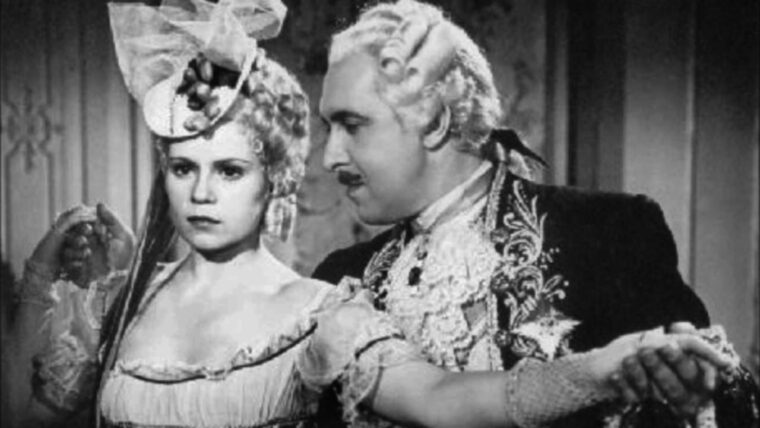
Sowing the Seeds of Fear & Anti-Semitism
Fear of Jews was crystallized. Nazi propaganda depicted Jews as capable of insidiously disguising themselves in a culture as part of an international conspiracy to gain power and wealth for both personal gain as well as gain for the Jewish community. In an elegant cinematic dissolve, the movie portrays the Jew in disguise. Suss’s beard and distinctive Jewish clothing disappear, and he appears as an elegant German citizen riding in a carriage toward Stuttgart. Suss’s internationalism is portrayed in a scene where he enchants Dorothea with the extent of his travels. She asks him where he feels at home. His answer: “Everywhere!” A press release issued before the movie’s Berlin premiere stated, “It is the duty of all newspapers to point out … the message that every Jew has only his well-being and that of his racial brothers in mind, even when he pretends generous motives.” Suss’s gifts and loans to the duke were purposed both for his self-aggrandizement and the opportunity to allow the banned Jewish citizenry into the city.
Nazi solutions were offered and affirmed. The historical setting of the film documented that special laws for Jews, such as being excluded from the city, had been an accepted norm. Separate laws and rules applied to the Jews over a long history in Germany. When Suss’s crimes were enumerated in the trial, they included “blackmail, profiteering, sexual indecency, procuring, and high treason,” but in the end only one of these seemed to matter, a Jew having sex with a Christian. The historical parallel between the “old law” and the Nuremberg race laws of 1935, one of which banned sexual intercourse between Jews and Aryans, was obvious to the audience. The Nazis portrayed these laws as offering important protection from the Jewish threat, and the movie cemented that feeling.
In addition, the movie offered another solution to the Jewish problem—sending Jews elsewhere through relocation. Sturm’s final address to the people drives this point home: “May our descendants hold firmly to this law, so they can save themselves much sorrow … and save their goods and lives … and the blood of their children and their children’s children.” Sturm’s message that expulsion of the Jews was the wish of the people tied Nazi anti-Semitism to the populace. It made expelling the Jews a collective decision, the wish of the mob that mourned Dorothea’s body. During the years of the Third Reich, the idea of sending the Jews “away” became a slippery slope that began with exclusion and continued through expulsion and extermination. Once the idea of “away from here” was commonly accepted, different degrees of “away-ness” become moot. (Read more about the confluence of events that led to the Second World War inside WWII History magazine.)
A Powerful Propaganda Tool
With these themes as an underlying principle, Jud Suss gave both historical precedence and dramatic imperative to the Nationalsozialistische Rassenpolitik, the policies and politics of Nazi racial ideology.
Many sources provide ample evidence of the powerful emotional effect of the film: The film prompted demonstrations in Berlin during November 1940, with shouts of “Drive the Jews from the Kurfürstendamm!” and “Throw the last of the Jews out of Germany!” On September 30, 1940, Heinrich Himmler ordered all SS and police members to see the film during the coming winter.
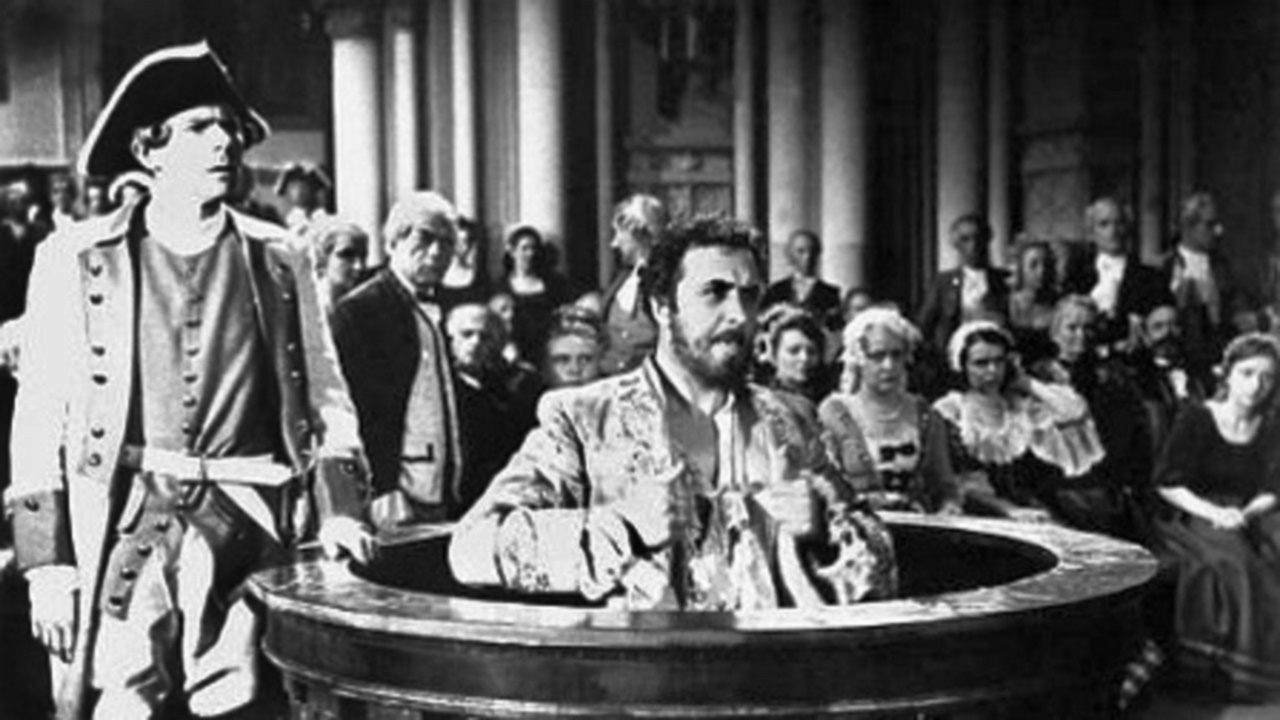
The film was shown to SS units and Einsatzgruppen in the death camps as a Sachsenhausen survivor recalled: “Scharführer Knippler and Vickert declared that the evening before they had seen the movie Jud Suss and recognized now that the Jews were even worse than they had thought up to that time…. They explained to us that we must receive a warning because of that movie. All of us, almost 25 men, had to enter the barrack, man by man, and were mistreated separately by Knippler in Vickert’s presence. I myself had to lay down on the table and got 10 lashes by Knippler with a strong whip.”
In testimony after the war, SS Rottenführer Stefan Baretzki, a guard at Auschwitz, “admitted that the effect of showing the film was to instigate maltreatment of prisoners.” A Hamburg Hitler Youth member remembered, “I was 13 years old. I saw the movie together with my comrades. We all regarded the plot as historical truth, and I myself as well as my comrades were deeply impressed by the wickedness of the Jews.”
The film incited audience violence against Jews, especially among teenagers. Some parents complained of the film’s extremely powerful psychological aftereffects, but that did not deter showing the film during Youth Film Hours because it was judged as being especially valuable for youth. Armin D. Lehmann, a Hitler Youth courier who served in Hitler’s bunker during the last few days of the war, remembered seeing the film. He wrote of it in his memoir: “As a boy, I couldn’t help but feel enraged over the dramatized events and sorrowful about the woman and her tragic fate.”
Goebbels Moves His People Into Action
With Jud Suss, Goebbels achieved what he had hoped for—an anti-Semitic film that moved people to action. As the war ended and thereafter, when the true nature of the Holocaust became known, a new question began to emerge: Can a film be a crime? And, if so, who is responsible for that crime? For a period in the late 1940s, the answers seemed to be “yes” and “the director.” Veit Harlan’s denazification proceedings in Hamburg, completed in December 1947, found him unbelastet, “untarnished,” by the past. A public outcry, organized by two groups of Nazi victims, led Hamburg’s chief public prosecutor to press charges against Harlan for crimes against humanity, alleging that he had “contributed as an accessory to the commission of crimes against humanity by means of persecution based on race, and having been associated with the planning of such crimes.”
The trial opened in Hamburg on March 3, 1949. Victims of Nazi persecution testified to the effects of the anti-Semitic propaganda films. They stated that Jud Suss had spread fear and terror among the persecuted Jews and that the perception of Jews as sketched in the film could only fuel hatred and violence. In his defense, witnesses pointed out that Harlan had helped spouses of Jews by employing them on the film. Harlan’s first wife had been Jewish. In a 1945 pamphlet titled My Attitude to National Socialism, Harlan wrote that he was not a member of the Nazi Party. The script he filmed was less anti-Semitic than that he inherited from Möller and Metzger. He claimed that Goebbels was de facto the producer of the film. He claimed that it was well known that he had not wanted to direct the picture and did so only under threat of retaliation by Goebbels. Some thought his defense colored too much along the lines of Suss’s in the movie: “I’ve never been anything but a faithful servant of my sovereign.” Some thought the 1945 pamphlet was a revisionist history, written well after the outcome of the war was obvious and maybe even after the war had ended.
On April 23, 1949, the trial ended with Harlan’s acquittal. The decision was appealed and the High Court of the British Zone decided to hear the appeal. Norbert Wollheim, a Holocaust survivor had testified against Harlan in the trial but refused to appear for the appeal. Instead, he denounced “post-National Socialist justice” for degrading “the process of cleansing post-Hitler Germany of its criminals.” He felt that the Cold War imperative that the past was indeed past offered too sweeping an amnesty for people who should have been held accountable. In the appeal, the prosecution again had no success. The jury court pronounced Harlan free of all criminal liability in its decision of April 29, 1950.
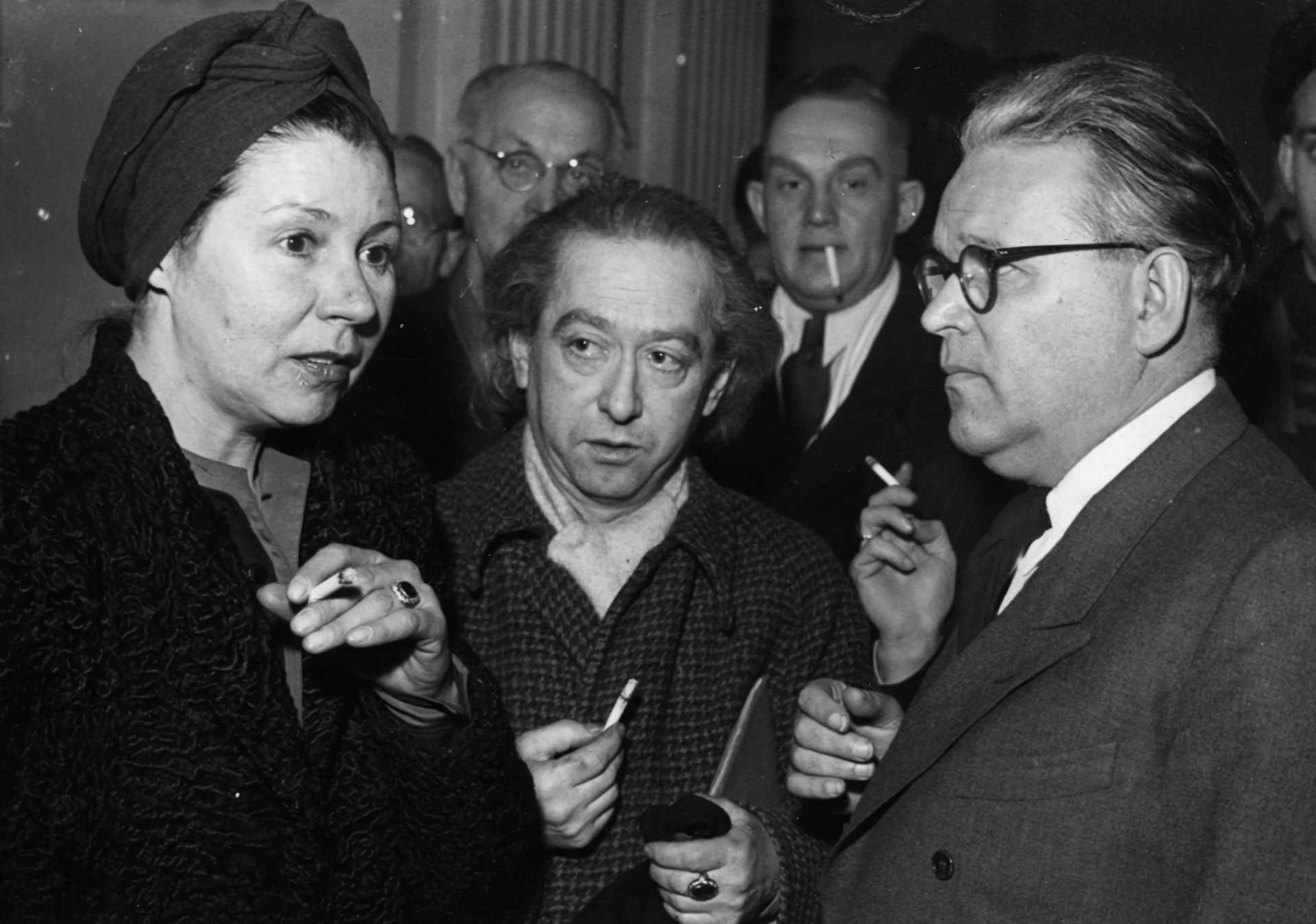
What Exactly Was Harlan’s Role In the Film?
Veit Harlan’s relationship to the movie seemed to change over time. He was undoubtedly proud of its success. It served him well under Goebbels, providing him salary increases and celebration as a “professor” in 1943. It enabled him to make six more films under the Nazi regime, including The Golden City in 1942 and Kolberg in 1945, both of which featured his third wife, Kristina Söderbaum. In The Golden City, her character reprised a suicide by drowning, earning her the nickname “Reichswasserleiche”—literally, the most prominent water corpse in the Reich. One month after the German defeat, Harlan circulated his 32-page pamphlet titled My Attitude to National Socialism in an effort to distance himself from the film and his role. In the pamphlet and during his trial, Harlan blamed the anti-Semitism in the script upon the co-authors. This is in sharp contrast to a 1942 squabble between Harlan and one of the co-authors in which he claimed that the credit for the movie’s script should be solely his. It is also in contrast to the payments for authorship received for the script. Harlan received 20,000 Reichsmarks, Metzger got 12,000, and Möller got 10,000.
It becomes difficult to accept Harlan’s pamphlet as more than a revisionist history. After acquittal, Harlan made a dozen additional films between 1951 and 1964. However, he was never able to achieve the level of fame he had enjoyed as Des Teufels Regisseur (The Devil’s Director), the title of Frank Noack’s German language biography of Harlan.
Veit Harlan may have escaped criminal liability for Jud Suss, but he did not escape guilt. The 2008 documentary movie Harlan: In the Shadow of Jew Süss includes interviews with an extensive set of Harlan’s family—his children, nephew, stepdaughter, and grandchildren. Though there are variances of opinion among the family members that approach melodrama, it is clear that none have been untouched by the guilt and shame of their family. Some are bitter and full of rage, some work to undo the sins of the father, and one has a political agenda to mitigate future crimes against humanity. None claim to be a victim or allow themselves self-pity. Each has learned to abide with the guilt and shame and, perhaps, channel it. At the documentary’s conclusion, a granddaughter says, “It is almost something positive, like a reminder to bear all of this in mind.”
[text_ad]
Although Harlan professed no anti-Semitism at his trial or in his pamphlet, statements in the 2008 documentary indicate a much more complex psychology than his denial. Harlan’s first wife was Dora Gerson, a Jewish cabaret singer and silent motion picture actress. Their two years of marriage, from 1922 to 1924, ended in divorce. The divorce was her idea as marriage took her away from the Jewish roots she cherished. Perhaps Gerson’s clinging to old Jewish traditions in which Harlan could not participate caused a latent anti-Semitism. Gerson’s second husband Max Sluizer, their daughter Miriam Sluizer, and their son Abel Juda Sluizer perished as victims of the Holocaust on February 14, 1943, at Auschwitz.
The Role of Jud Suss In History: A Hindsight’s Perspective
Did Jud Suss cause the Holocaust? Probably not, but it may have had a larger role as a catalyst to the Holocaust than has been previously accepted. When dividing the Holocaust into three phases: exclusion, expulsion, and extermination, most place Jud Suss in the middle of the expulsion period. That placement usually comes from dating the beginning of the extermination phase from the Wannsee Conference, a 90-minute meeting of senior Nazi officials held on January 20, 1942, which sanctioned the final solution. But, mass murder of Jews had started much earlier, as early as 1939 in Poland.
Himmler’s SS formed special groups called Einsatzgruppen to carry out extermination orders. The first recorded action of the earliest of these special groups, Einsatzgruppe A, took place on June 22, 1941, during the invasion of the Soviet Union. Einsatzgruppe A also swung into action against an old Jewish settlement in Lithuania—the border town of Gargzdai (Gorzdt in Yiddish; Garsden in German). Approximately 800 Jews were shot in one day in what is known as the Garsden Massacre. In the winter before this action, as Einsatzgruppe A was forming and training, the soldiers would have watched a movie on Himmler’s orders. They would have seen Jud Suss.
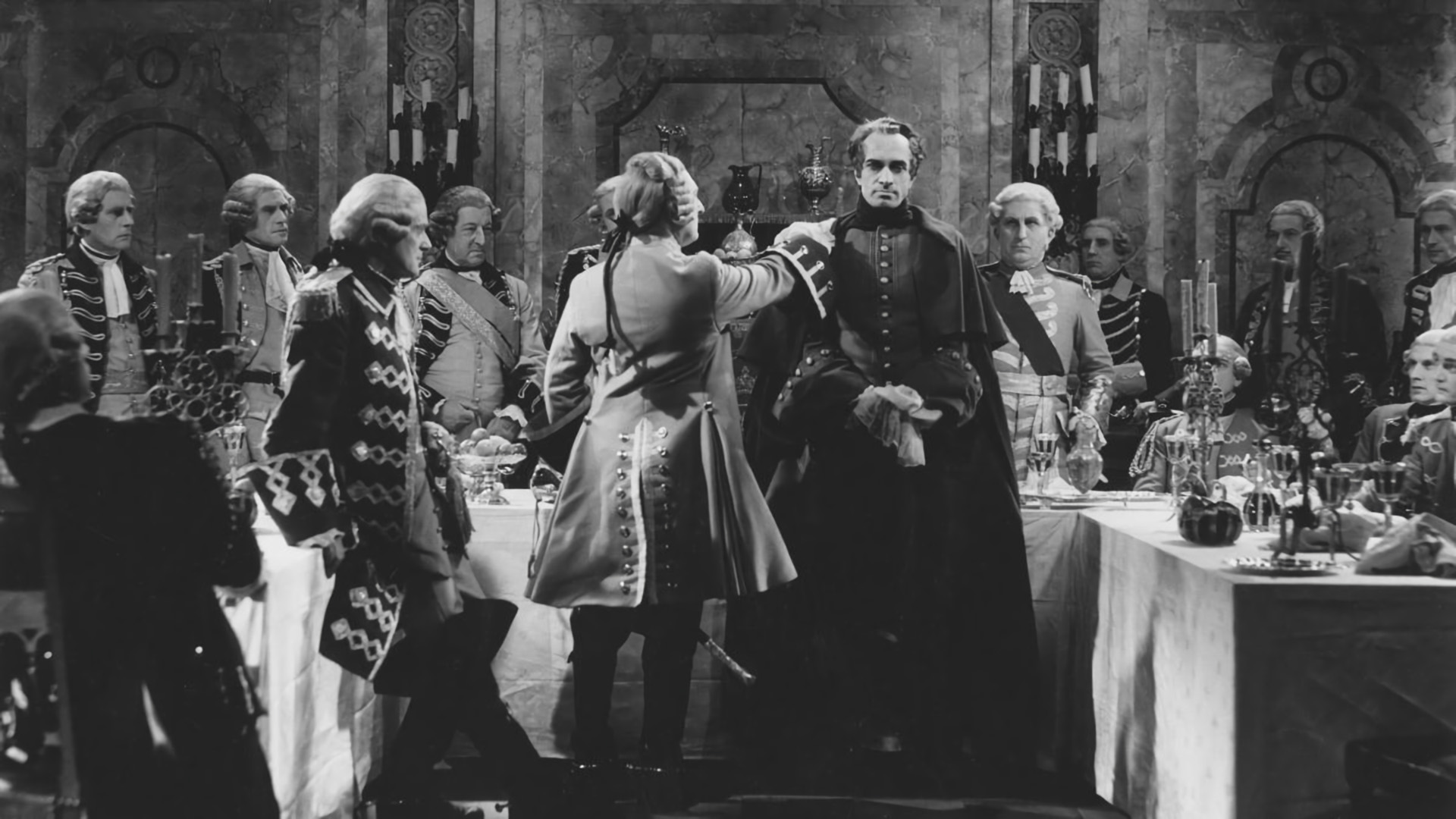

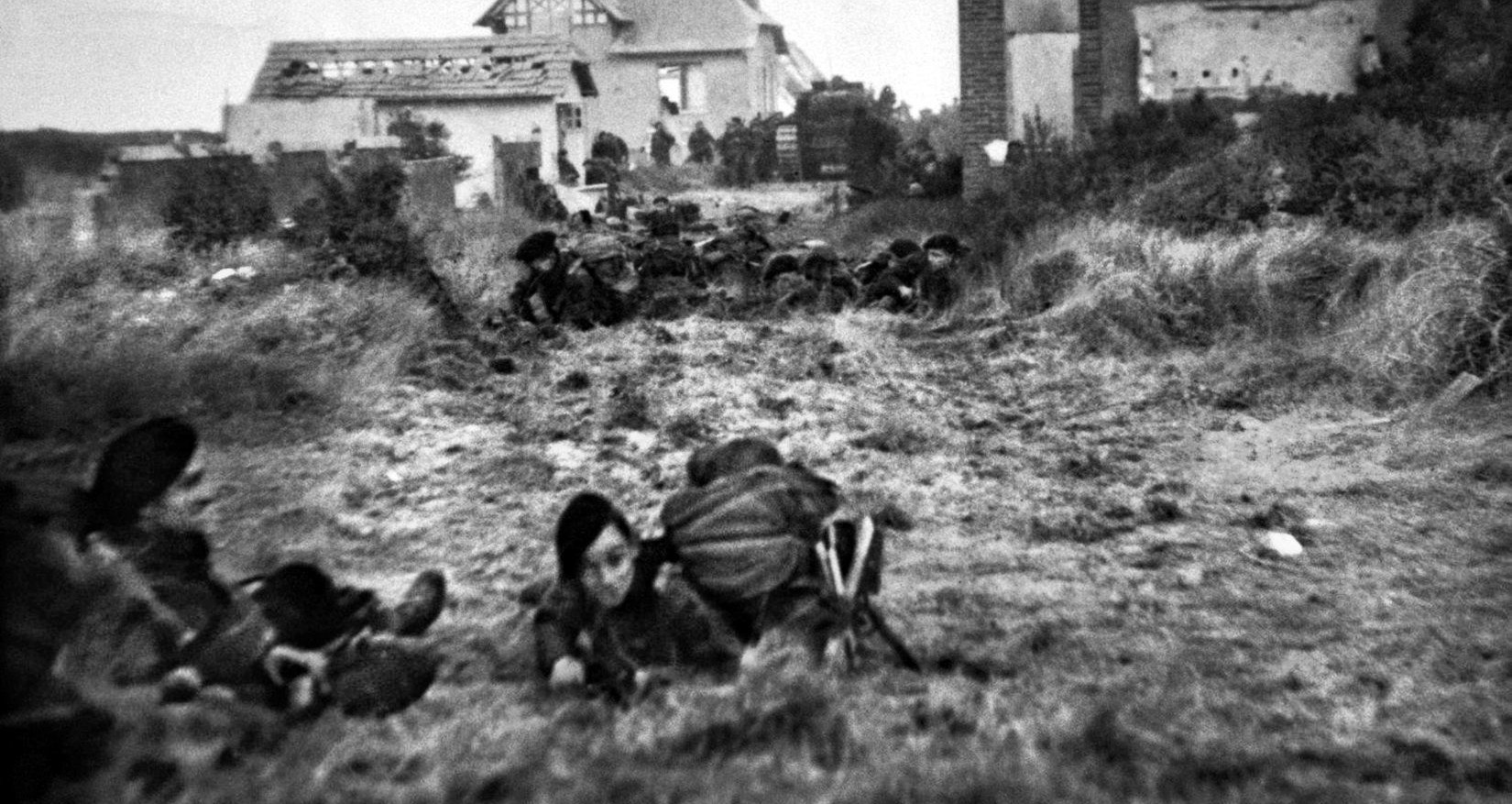

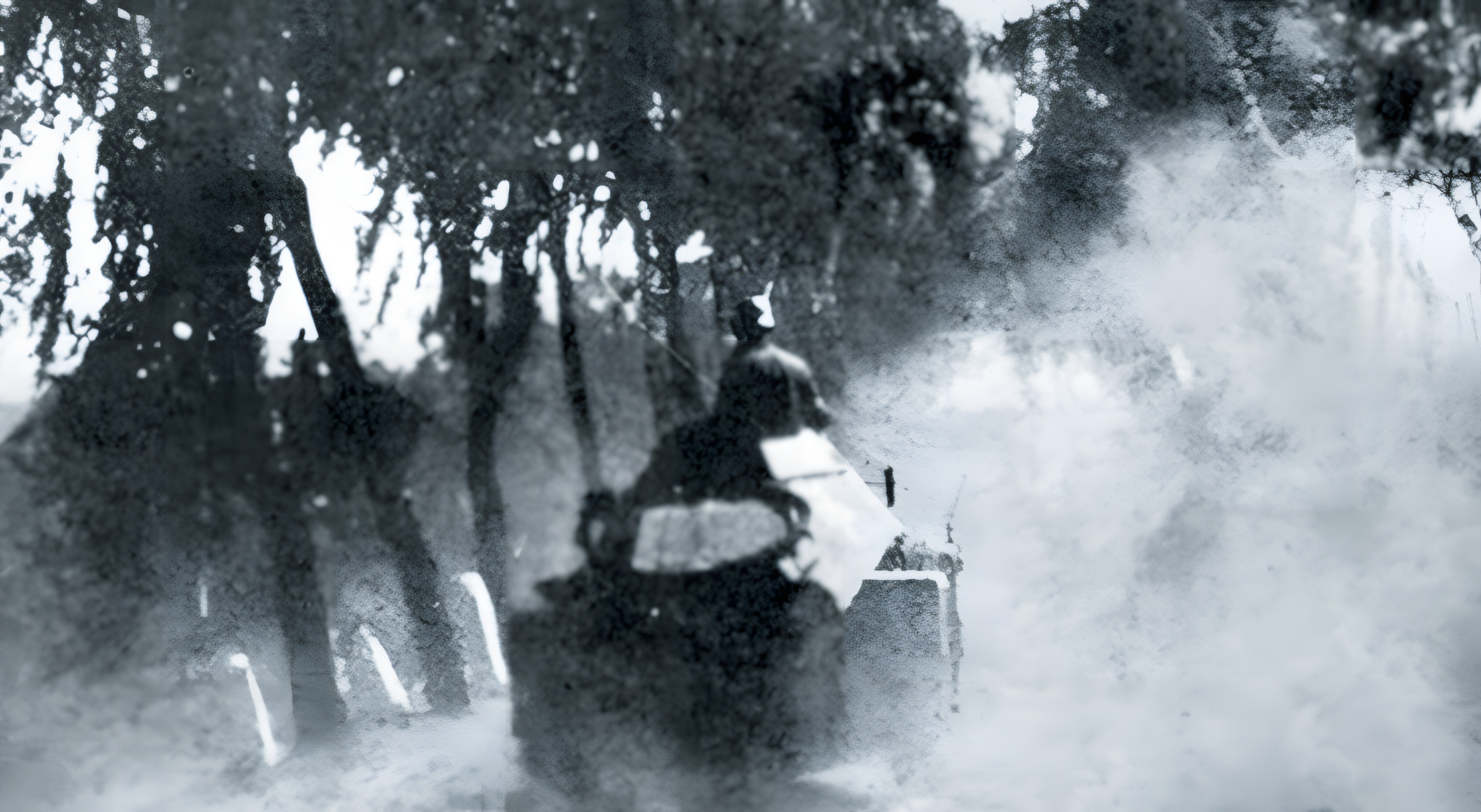
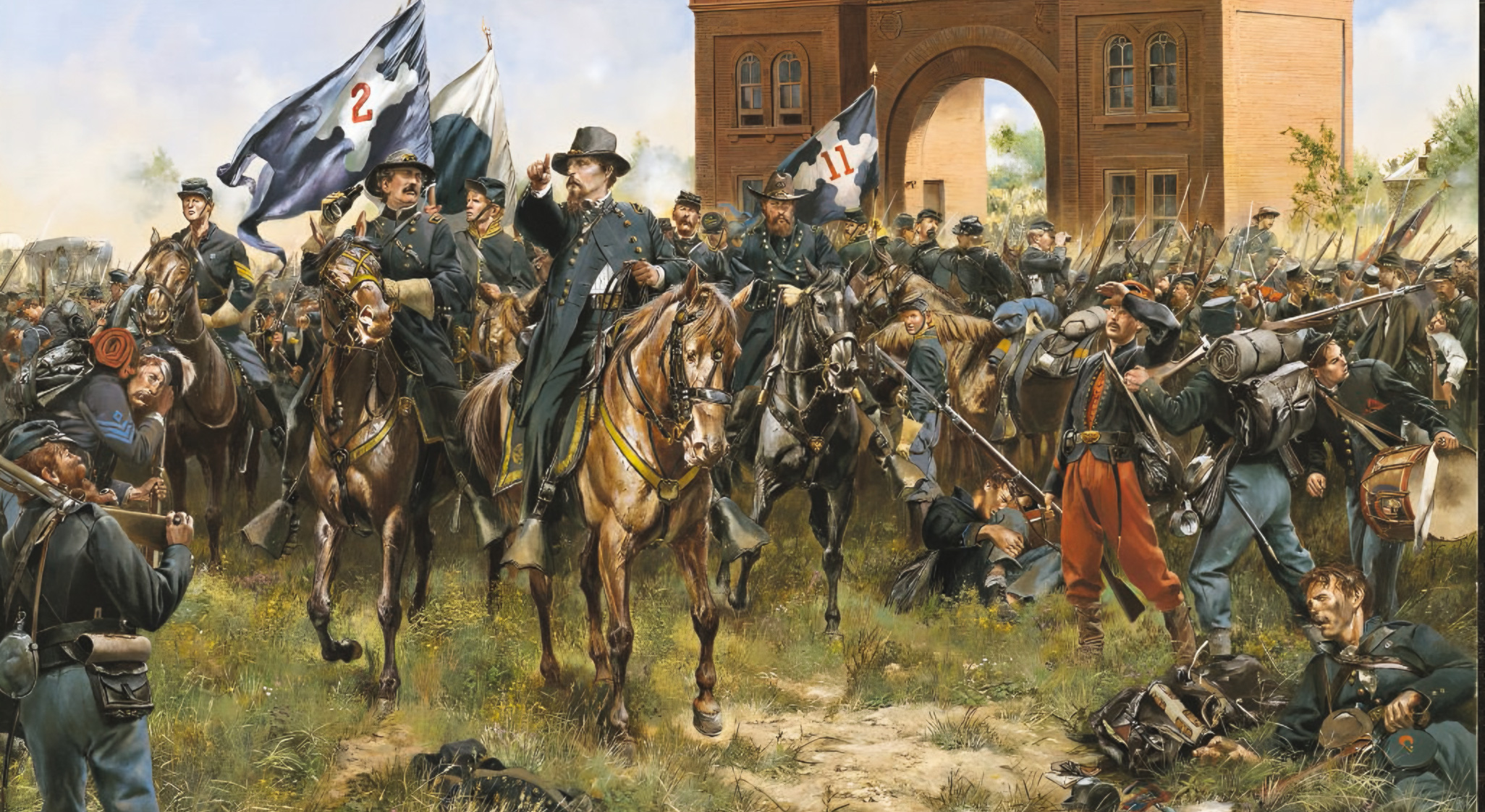

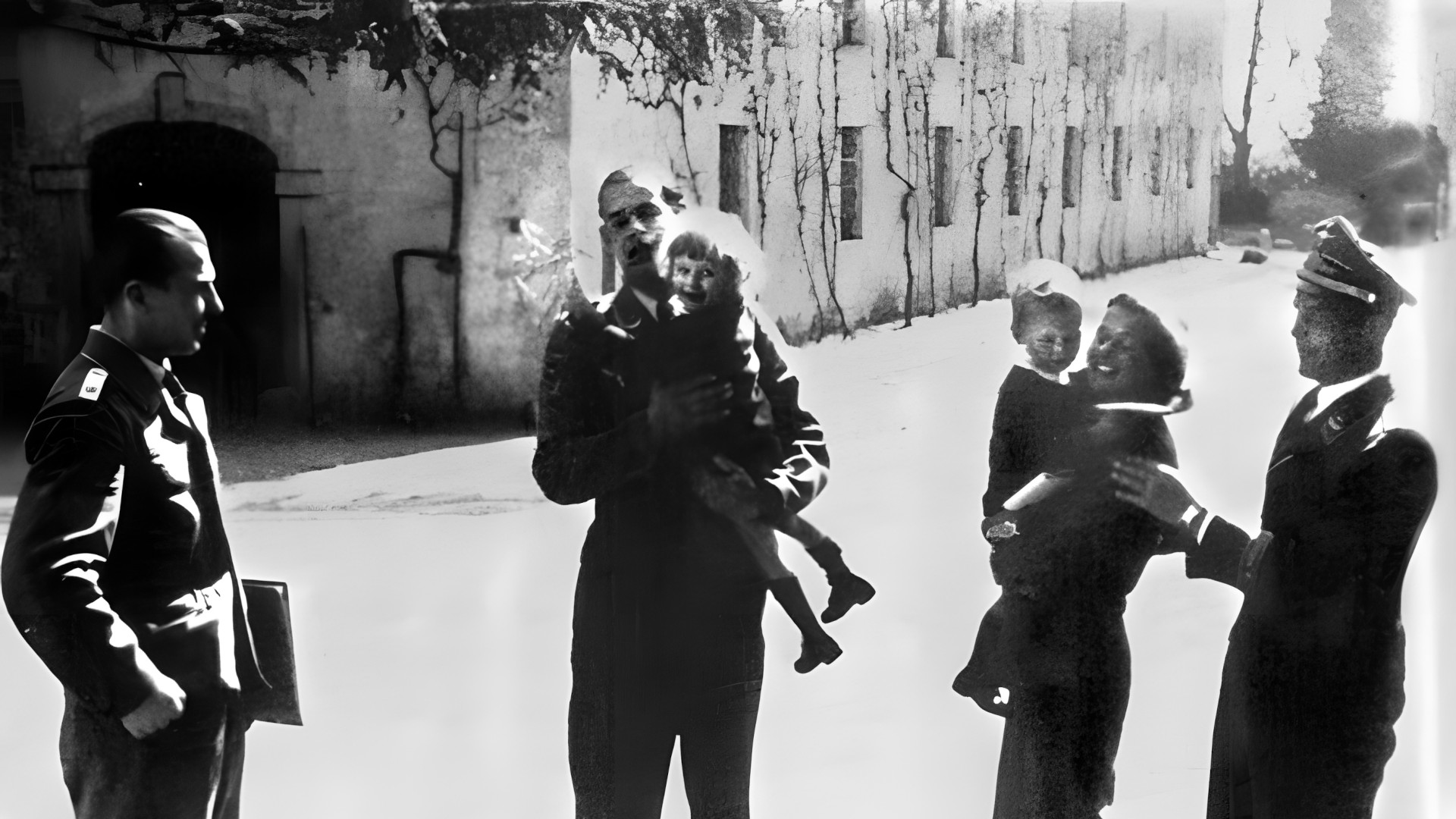
Birth of a Nation also received essentially the same treatment and the result was that the cause of a lot of unpleasant history was suppressed. Santayana was proven right.